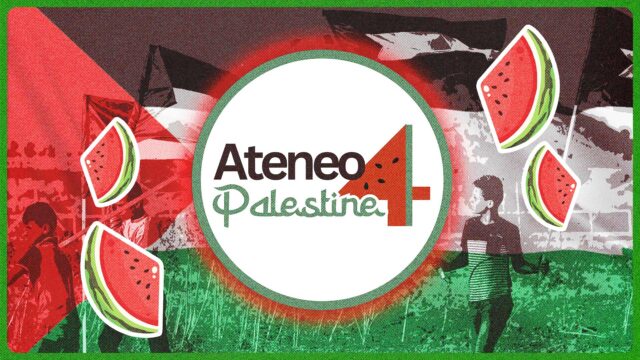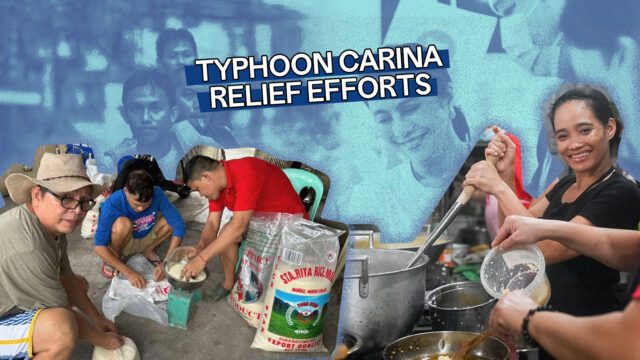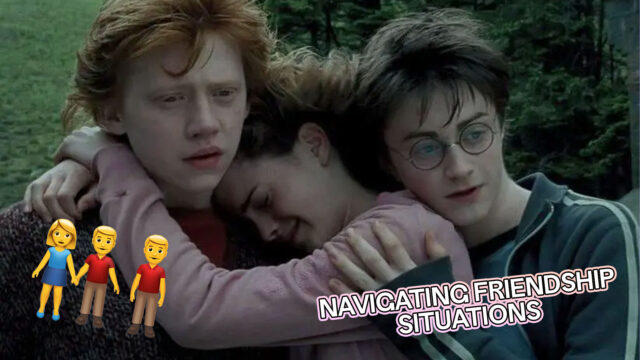It was nothing short of magical, with the community coming together for the third edition of The Rainbow Ball.
Related: Redefining Narratives: These Transgender Filipinos Are Making Waves Globally
My first encounter of Ballroom culture came during my early days of binge-watching RuPaul’s Drag Race in 2017. At the time, the show introduced me to shades of Ballroom, such as voguing and categories. That knowledge soon expanded when I watched the first season of Pose. Then, HBO dropped Legendary, and I followed all three seasons as I marveled at how the different houses cleaned up each week and got a taste of what the ballroom scene is.
Admittedly my experience of Ballroom was limited to the media I consumed. So, when I was given the chance to attend the Rainbow Ball during the heart of Pride Month last June 25, I jumped at the chance. Not only was it my first time attending a ball, but it was one that centered on Filipino talent, craft, and ingenuity. Needless to say, it was one of the best ways I could have spent my Sunday night.
WHAT IS BALLROOM
For a quick refresher, Ballroom was started by Black, Latinx Queer, and Trans people in New York City in the 1980s, which saw members of the community vogue and compete in a variety of categories. Ballroom soon gave birth to houses that saw queer people come together not just to walk and compete in balls, but also to build a safe space where they are free to express their identity, talent, and story.
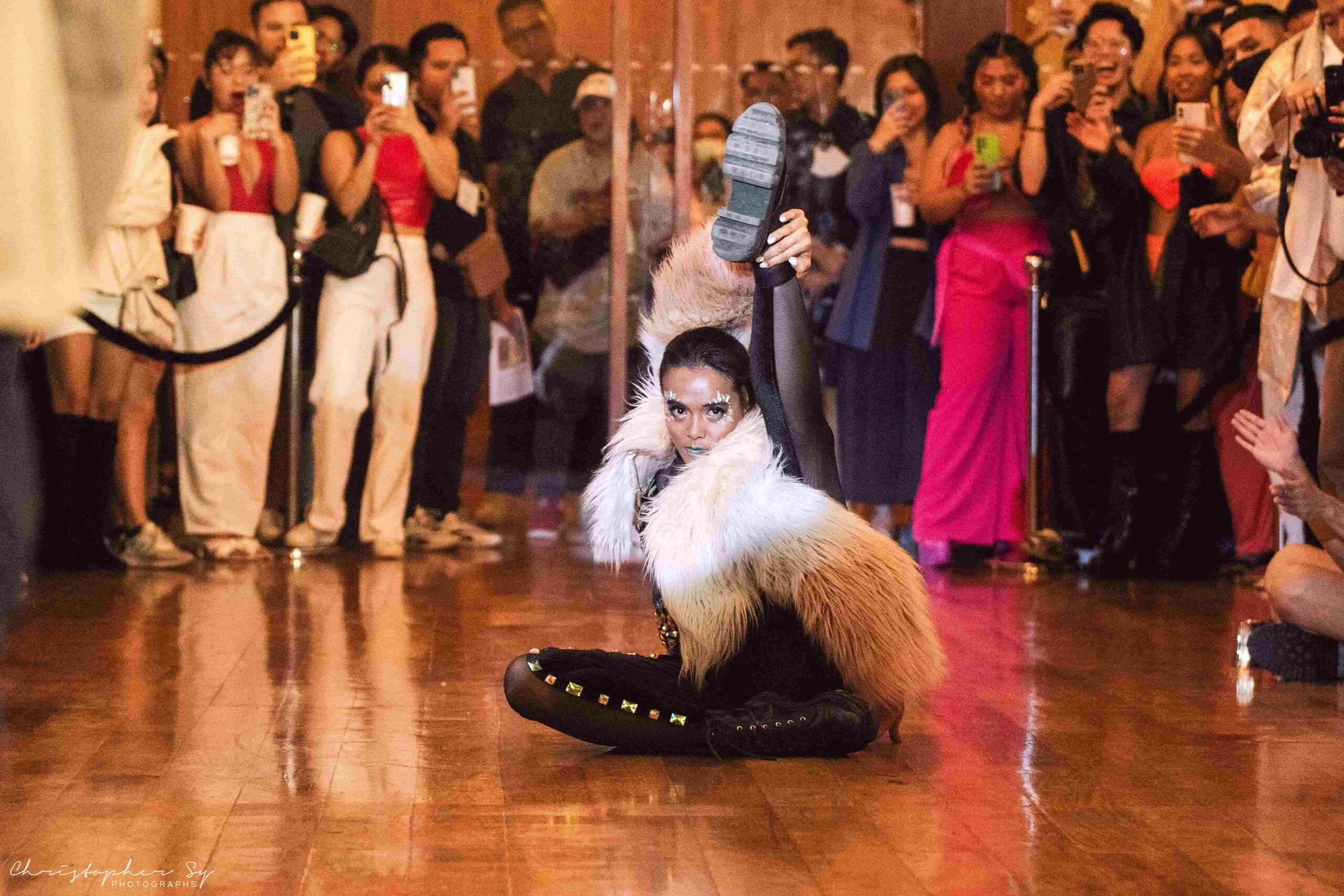
Over the decades, as queer culture gained wider prominence in pop culture, so too has Ballroom grown in popularity. In the Philippines, Ballroom is still in its relative infancy, starting in earnest in the mid-2010s thanks to the efforts of Mother Xyza Mizrahi coming back to the Philippines from NYC. And it’s also thanks to Mother Xyza that we have the Rainbow Ball, which is now on its third version, and the one I attended.
IT’S TIME FOR A BALL
When I arrived at the venue, I was excepting the ball to attract a crowd. But what caught me off-guard was how packed the place was. It reached a point where people were standing on chairs just to see the action. Filipinos across the spectrum of the local LGBTQIA+ community and straight allies came for the show. Whether they were walking in the ball or just wanted to watch, everyone’s energy was in high spirits. You could feel the queer love in the room.
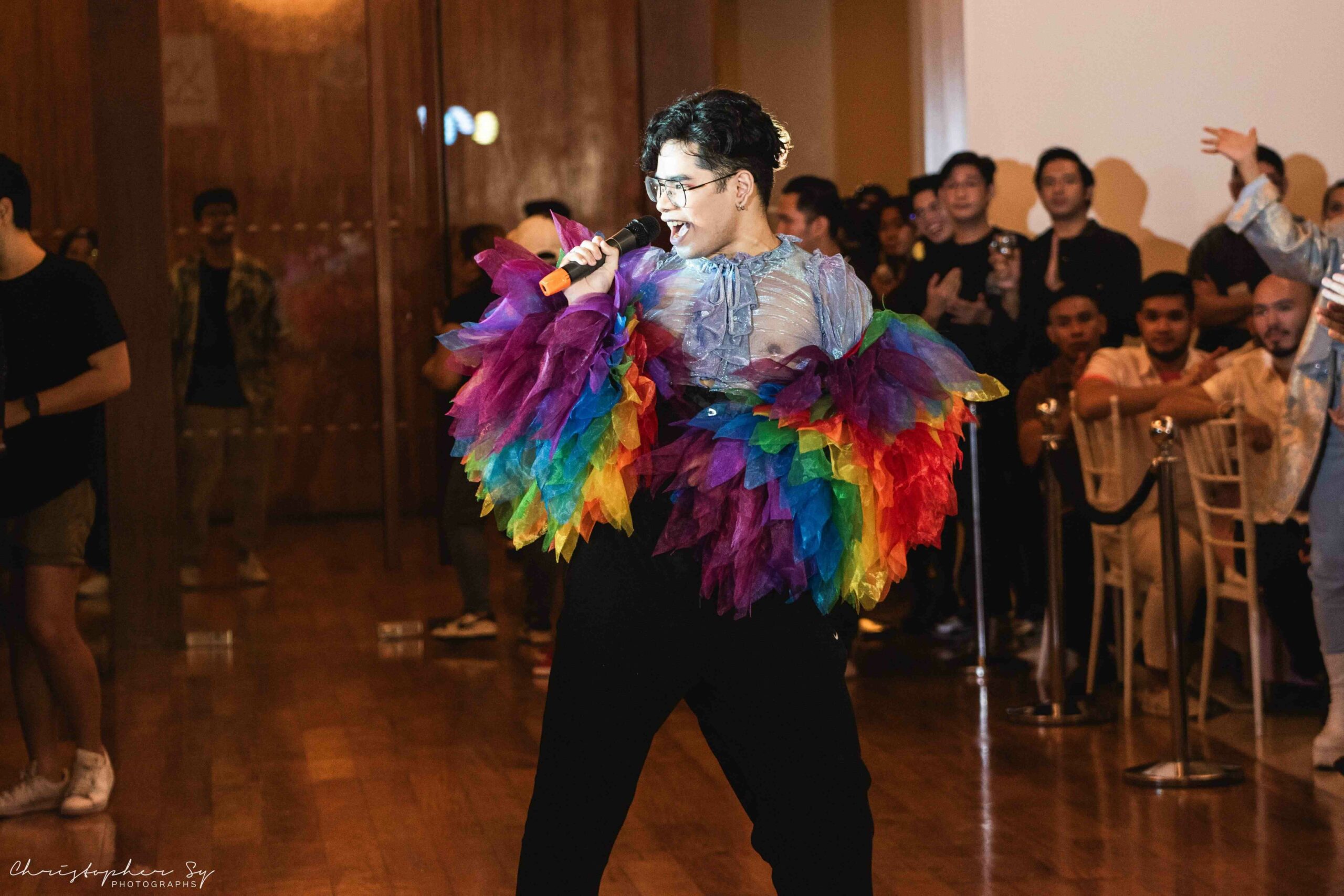
Once the crowd settled down, the ball started with the LSS (legends, stars, statements). First, the host called on the local chapters of the houses in the room one by one where they vogued and walked on the runway as supporters did their house chants. I tried finding the crumbs they left on the floor after but sadly couldn’t find any.
Then, they introduced the five judges of the evening. To many in the Ballroom scene, these five people were all global icons and legends who’ve made an undeniable impact on the community. Mother Sharron Ninja, Prince Nunoy Revlon, Asia Father Jose dela Blanca, Legendary Mother Oceania Bhenji Sle, and Legendary Overall Mother Koppi Mizrahi got tens across the board as they came down the runway.
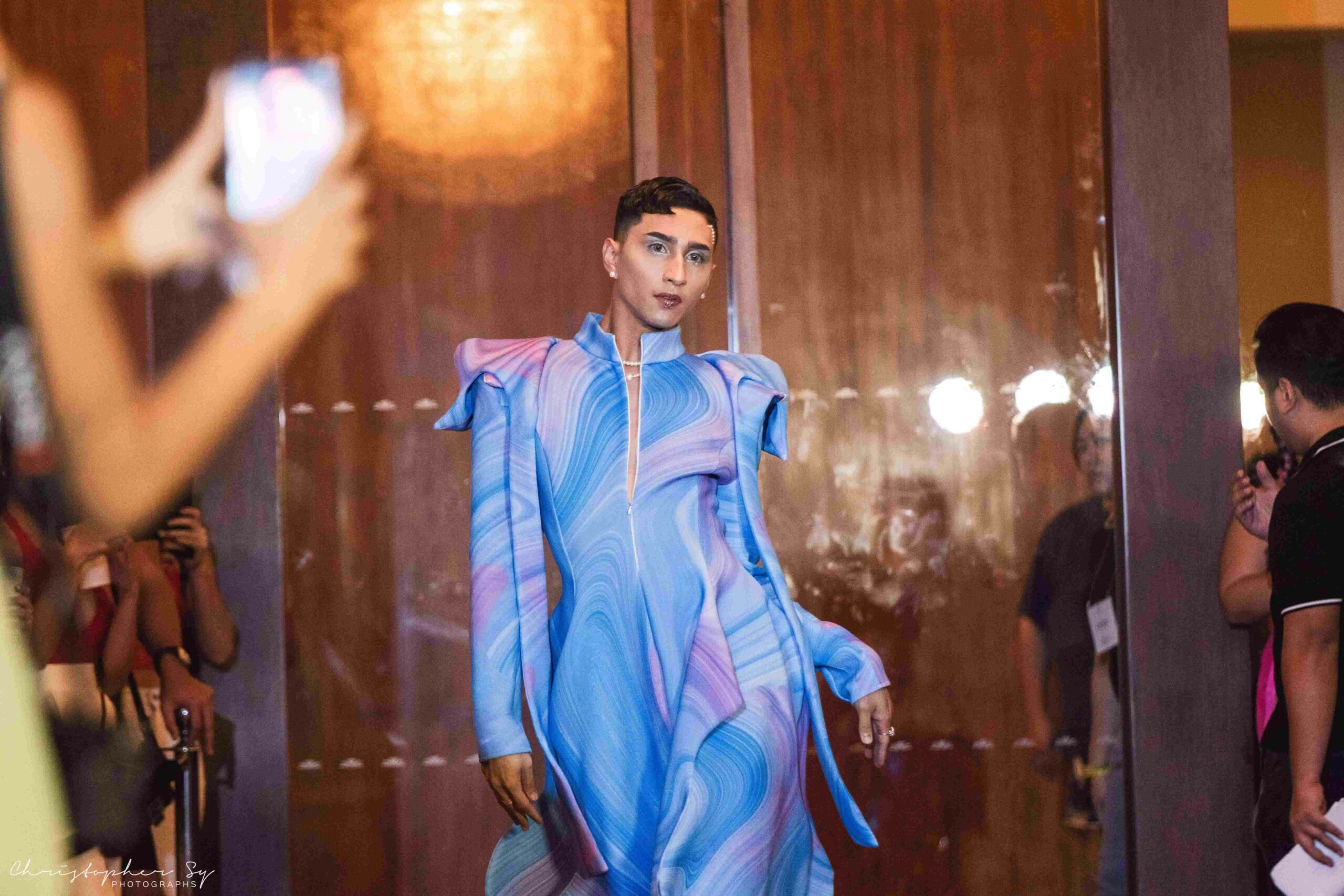
Then, the ball began as they went through the 16 categories. From runway to voguing, serving looks and realness, and more, the Rainbow Ball was a ride. Whenever a new category was called, anyone was free to join as the judges determined whether you got your tens or a chop. It then moves on to the battle rounds before we get the grand winner, who takes home a cool trophy.
TENS, TENS, TENS ACROSS THE BOARD
I thoroughly enjoyed each category, but I got my life during the Baby Vogue category. Basically, rookie voguers would vogue on the runway, and even if they weren’t experts, they gave it their all. The energy that I felt in this category was euphoric. The voguing combined with the music and the crowd’s vibe was something else. The fact that these people weren’t experts yet got the crowd living for them showed how talented they were.
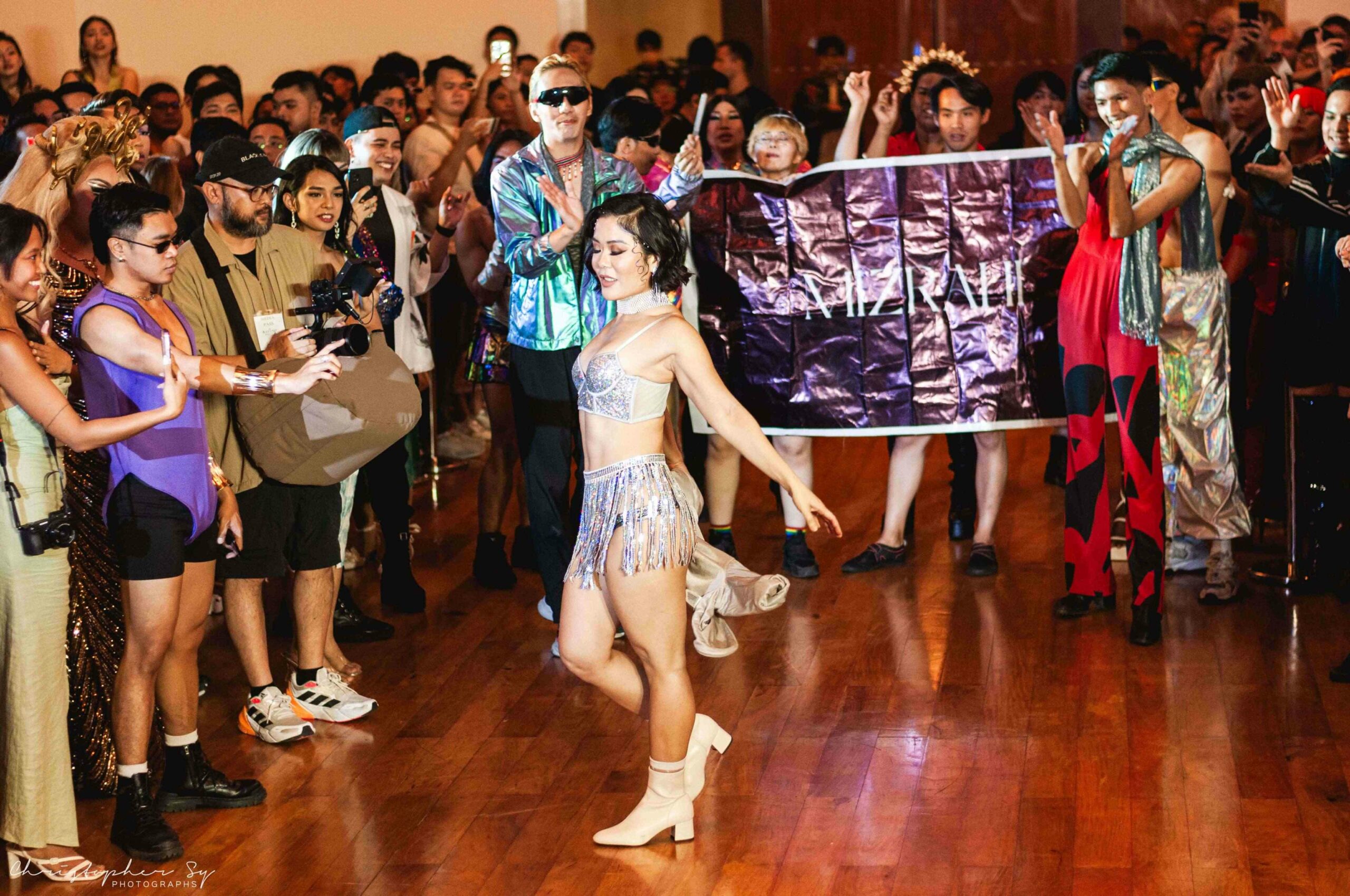
Another aspect I loved about the Rainbow Ball is how each category had a Filipino theme to it, which was Pinoy superheroes and komik characters. Only in Philippine Ballroom will you see Gagamboy serve with hand movements and someone in a fashionable pink duster and towel wrapped on their head lip sync to Halik by Aegis.
While Ballroom was started by certain sectors of the LGBTQIA+ community, it has grown to be an event that any can attend and join. Inclusivity is the name of the game here as I saw firsthand how opening and welcoming Ballroom is. The Rainbow Ball was a safe space for people to do what they love, free from the judgment of others. It was a celebration of the colors of the community.
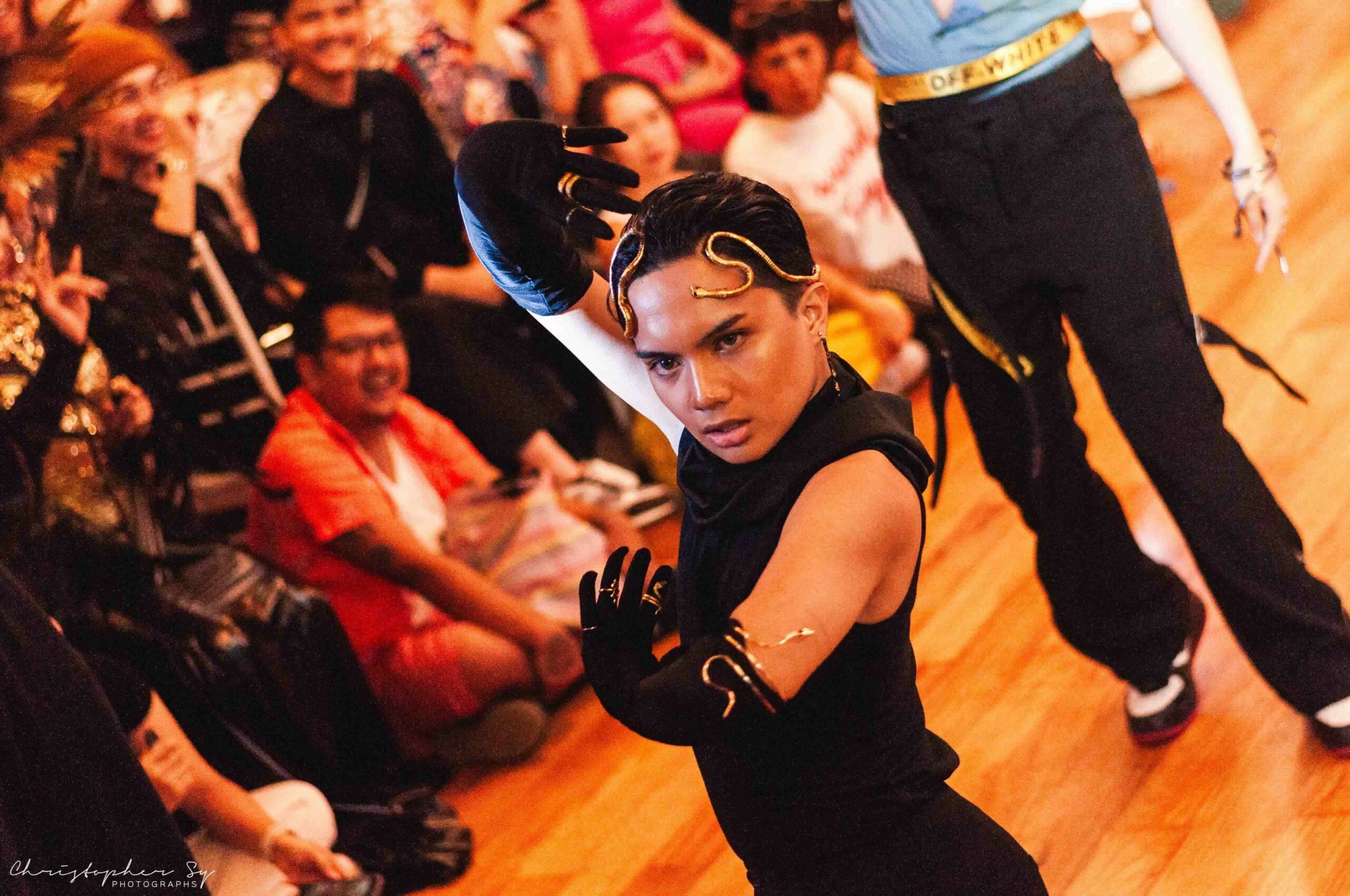
As Eva Le Queen, who walked in the Bizarre category that evening, said perfectly, the community is for everyone as she married the art of drag and Ballroom for her very first time walking in a ball. There was no division here, everyone was welcome as the ball brought together the past, present, and future of the LGBTQIA+ community and their allies. To further that point, three of the members of the Golden Gays were present as they walked the runway and rightfully got their tens with the revenue of the ball going to the benefit of the trailblazers of the Filipino LGBTQIA+ community.
HERE COMES THE HURRICANE
More so than a fun, educational, and exhilarating time, the Rainbow Ball showed me that the Philippine Ballroom scene has the potential to make it big. There were many bright, young souls who walked that runway showcasing a talent love that should be allowed to flourish. While the local scene is young, it’s growing as more people see the beauty and liberating power in it. The liveliness and size of the crowd that night showed that Philippine Ballroom is slowly but surely getting the audience it deserves.
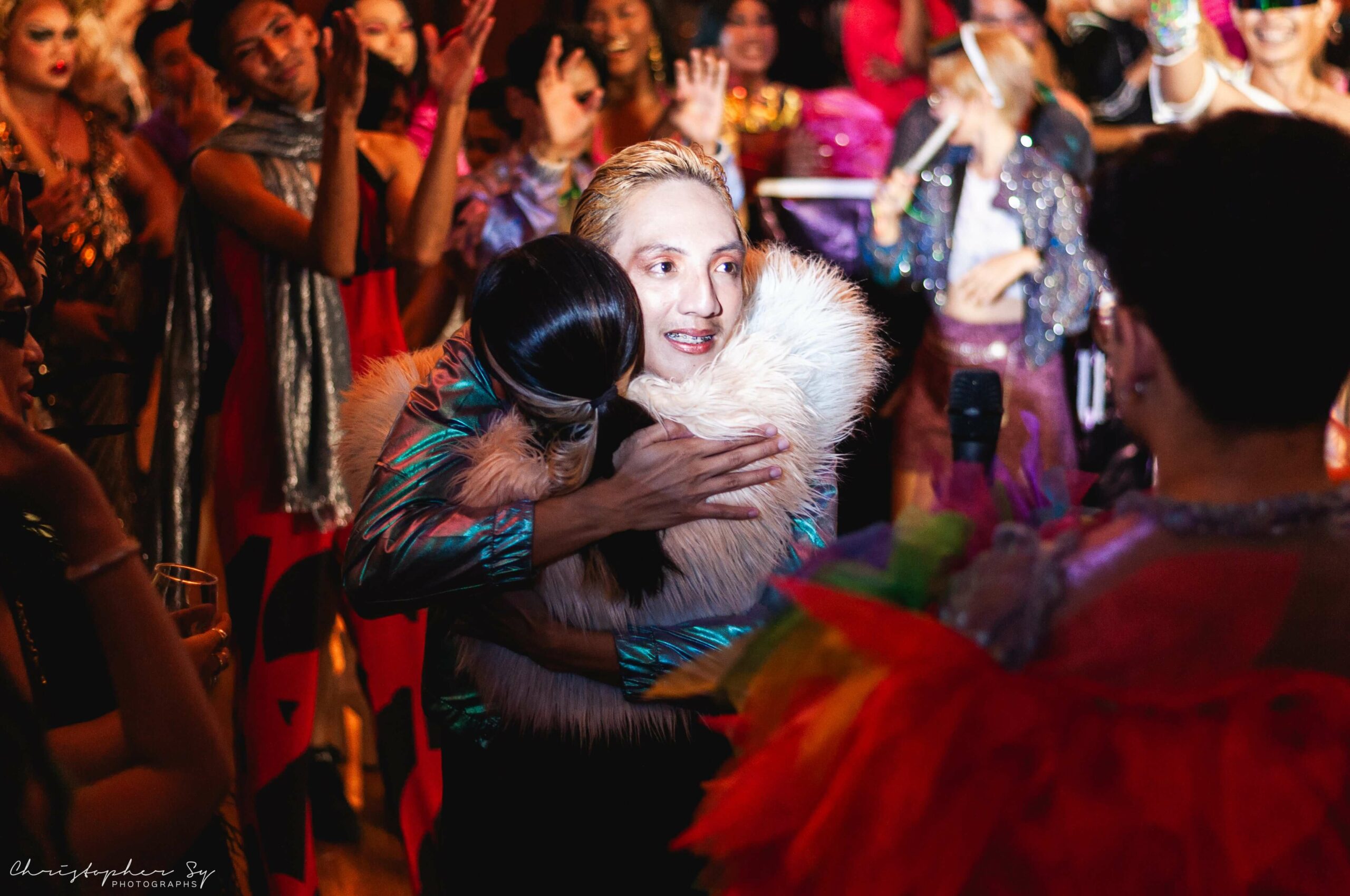
Just as the local drag scene is seeing more proper mainstream representation and treatment, so too should the local Ballroom scene get the support and respect it deserves. There’s talent to be celebrated, passion to be nurtured, and a love to be championed. My first ball was an experience I won’t forget anytime soon.
Photos courtesy of The Rainbow Ball
Continue Reading: So, After Pride Month, How Do You Really Support The LGBTQIA+ Community?


